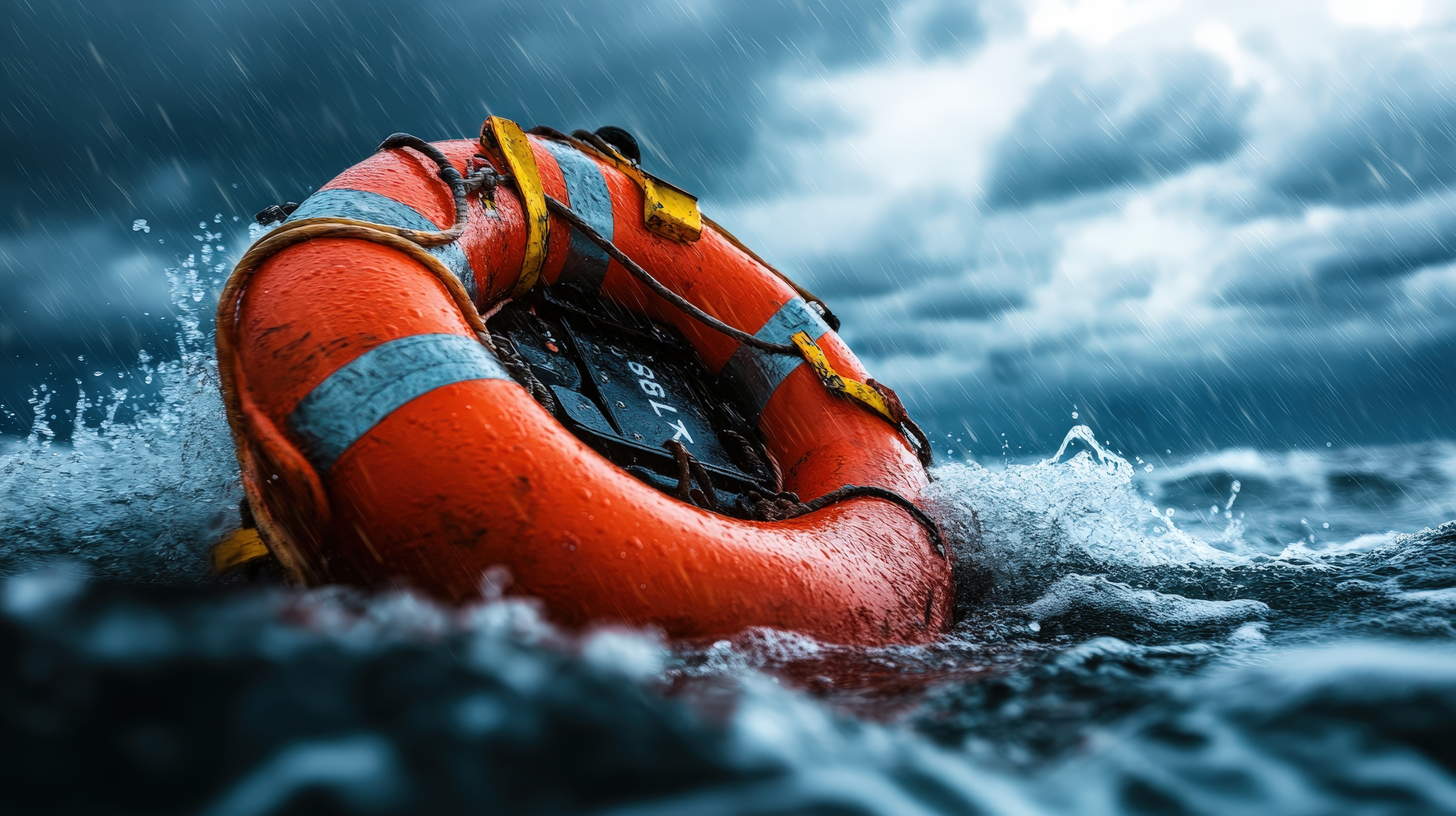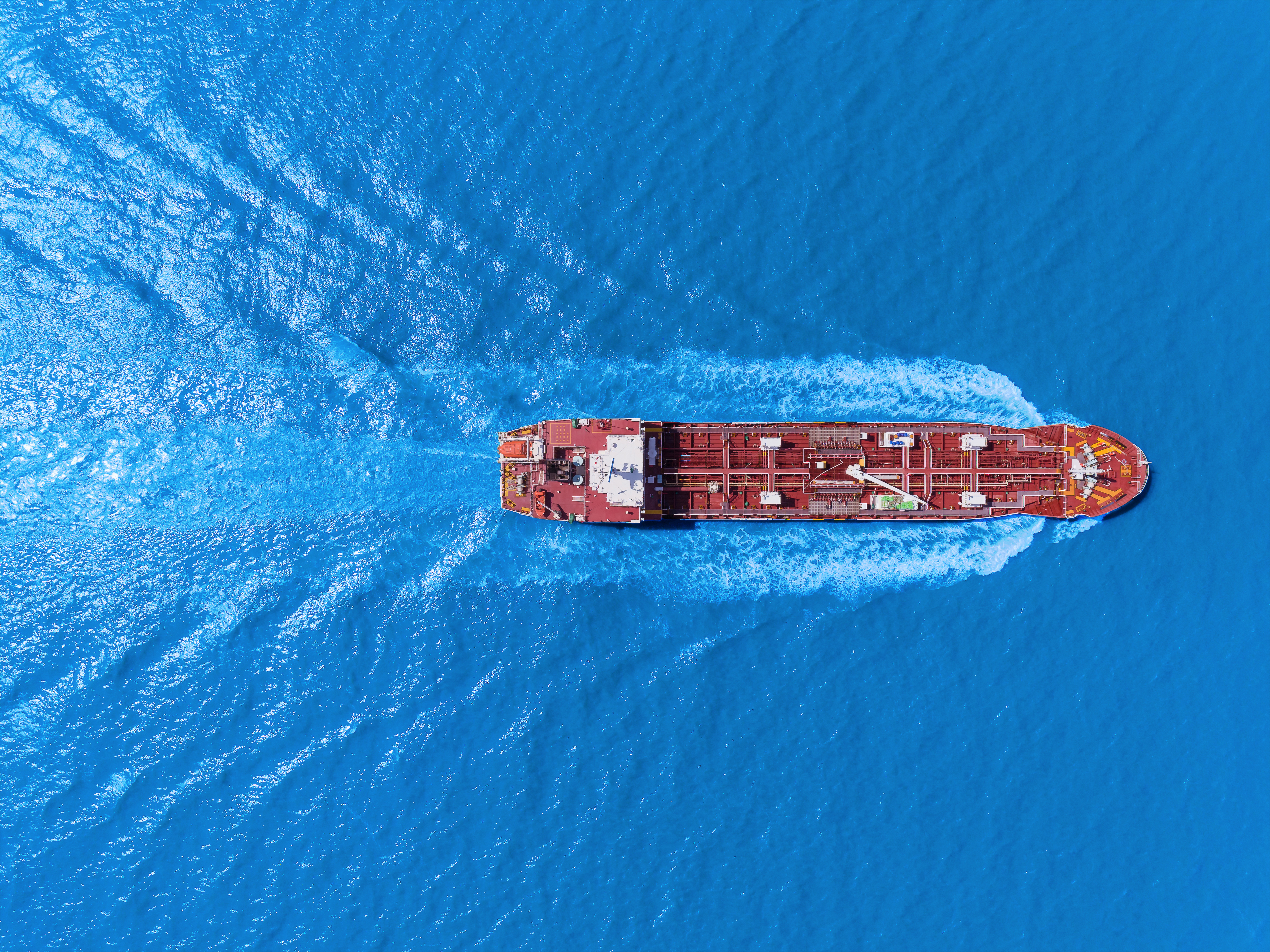
The most recent updates to the U.S. Code (the ‘Code’) relate to commercial vessels, the U.S. Coast Guard (‘USCG’), and how to address complaints and incidents of sexual assault and harassment. The US is currently behind other parts of the world on the mitigation of sexual assault and sexual harassment (‘SASH’) events at sea and the implementation of new reporting measures will hopefully help to close that gap. With the new regulations, the USCG is empowered to conduct both more thorough and different types of investigations; those responsible for vessels and crew have increased responsibility; and there is now 24/7 access to support and reporting systems.
Responsible Entities Are Now Required to Report SASH Incidents to The USCG
Fines may be up to $50,000 if a Responsible Entity knowingly fails to report a SASH incident to the USCG.
The Code’s definition of Responsible Entities is broad: it includes owners, masters, managing operators of commercial vessels, as well as employers of seafarers on board those vessels (the ‘Entities’ or ‘Responsible Entities’).1 These Entities must conform to the reporting procedures set out in 46 U.S.C. § 10104 and are required to report any violation of sexual misconduct policy or law to the USCG. To clearly communicate the new requirements, the USCG issued Marine Safety Information Bulletin (‘MSIB’) 01-23 in February 2023. The new guidelines replace the guidelines from December 2021 and include clear requirements as well as allowing for investigations and investigative procedures.
There is now a designated email address, phone line and mobile app for the reporting of SASH incidents and complaints directly to the USCG. This means that anyone with access to the internet or a phone can report these events. The availability of these monitored reporting systems is now a legal requirement.2 The new SASH reporting requirements are enforced via fines, which are not to exceed $50,000. These fines become a possibility when Responsible Entities knowingly fail to report an incident. Thus, it would be in all Responsible Entities’ best interests to train their crews and shoreside support staff on reporting procedures both internally and externally. This way, should the need arise, a system will be in place and those involved will know what to do, who to report to and what to report.
Additional fines starting at $25,000 become a risk for Entities if they fail to file a summary report within 10 days of the filing reporting of the an incident of SASH.3 The information required in any submission of a SASH incident must contain the name, title or role in relation to the vessel and contact information of the reporting person, the name and official number of the documented vessel, the time and date of the incident, the geographic position or location of the vessel when the incident occurred, and a brief description of the alleged SASH being reported.4
Reports of SASH Events May Be Anonymous and are Followed Up with Multiple Investigations
The USCG has made available multiple means of reporting incidents and has stated that anyone who wishes to be anonymous in reporting may remain so.5 The flow chart attached to MSIB 01-23 shows two investigations: one into the complaint as a criminal matter and one with an eye towards suspension or revocation (‘S&R’) of a mariner’s Merchant Mariner Credential (‘MMC’).6
The initial investigation determines criminal liability and is conducted by the USCG Investigative Services (‘CGIS’).7 After the criminal investigation, the Assistant Commandant for Prevention Policy (‘CG-5P’) at the S&R National Center Of Expertise (‘NCOE’) conducts the S&R investigation.8 When it comes to finding a mariner guilty of the reported misconduct, the criminal investigation will require proof beyond a reasonable doubt9, whereas the S&R investigation will require a lower standard to find guilt: preponderance of the evidence, meaning more likely than not.10 Findings from the criminal investigation will be admissible in the S&R investigation and hearing. So, anything discovered in the course of the criminal investigation may be used in the following S&R investigation. In short, there will be two concurrent investigations into any reported SASH event, each with its own consequences. There will be different investigators, different standards of guilt, different judges hearing each case and different potential outcomes.
On top of the governmental investigations which take place, the Responsible Entity is expected to conduct an internal investigation and take corrective action.11 Following this internal investigation, the Responsible Entity must submit a summary report to the USCG for its review.12 The report must contain information on how specifically the Responsible Entity investigated and proceeded after it was made aware of a sexual misconduct.13 It is important to note, as mentioned previously, that this summary report is due within 10 days of notifying the USCG and fines are applicable for each day of delay after the 10th day.
The Code Now Requires The Addition of Video and Audio Surveillance to Areas of Vessels and Updates to Safety Management Systems ('SMS')
Under the Code, certain vessels will need to install video and audio surveillance in the hallways leading to the crew's quarters.
Now included in the Code is a requirement for both audio and visual surveillance on board, in certain areas, under 46 U.S.C. § 4901. Surveillance is required on commercial vessels which do NOT carry passengers and documented vessels with overnight accommodations for at least 10 individuals on board that are:
- on a voyage of at least 600 miles and crosses seaward of the Boundary Line; or
- at least 24 meters (79 feet) in overall length and required to have a load line under Chapter 51 [46 USCS §§ 5101 et seq.];
2. documented vessels of at least 500 gross tons as measured under section 14502 [46 USCS § 14502], or an alternate tonnage measured under section 14302 [46 USCS § 14302] as prescribed by the Secretary under section 14104 [46 USCS § 14104] on an international voyage; and
3. vessels with overnight accommodations for at least 10 individuals on board that are operating for no less than 72 hours on waters superjacent to the outer Continental Shelf (as defined in section 2(a) of the Outer Continental Shelf Lands Act (43 U.S.C. 1331(a)).
46 U.S.C.S. § 4901.
Surveillance equipment will need to be installed no later than 2024 and will need to monitor both audio and video in the hallways which have doors to crew quarters.14 It is very likely that this surveillance will be subject to the review of CGIS when conducting investigations into reported SASH incidents. The Code allows for the subpoena of any evidence required for the investigation up to and including witnesses,15 meaning that the USCG may subpoena the Responsible Entity’s surveillance footage, crew members and other witnesses, and internal investigation reports. The surveillance footage may also prove helpful to the Responsible Entity when it is investigating, taking action and drafting its summary report for the USCG.
Updates to the SMS must include training requirements on SASH including what it is and how to report it.
The Code now includes a requirement for Entities’ SMS to include procedures and annual training on prevention, intervention, reporting, response and investigation for all responsible people and vessels.16 While there is no stated timeline for the integration of these procedures in the Code, periodic audits of the SMS are within the statutory authority of the USCG and the potential punishment for non-compliance is the suspension and/or revocation of a vessel’s Document of Compliance. For subject vessels, Entities should maintain a SMS and a training program which conform with the Code. This will help avoid any issues with the suspension and/or revocation of Documents of Compliance.
The Updates Only Pertain to Those Maintaining Vessels Under the Purview of the New Regulations
Reporting SASH on US-flagged vessels in foreign countries.
Included in U.S.C. § 10104 is the duty for subject vessels to report an incident that occurs in a foreign country.17 Beyond reporting to the USCG, SASH incidents must be reported to the appropriate agency of the nation in which the incident occurred.18 The SASH incident report must contain the name, title or role in relation to the vessel and contact information of the reporting person, the name and official number of the documented vessel, the time and date of the incident, the geographic position or location of the vessel when the incident occurred, and a brief description of the alleged SASH being reported.19
Remaining Questions
Among concerns for the application of these new reporting guidelines and the possibility of attached fines, there is little material defining ‘managing operator’. Additionally, there has not yet been an instance where an Entity was fined for knowingly failing to report an event.20 However, if an instance of sexual misconduct is reported directly from the victim to the CGIS, with no concurrent reporting from the applicable Entity, there is a question of whether the Coast Guard would then report back to the Entity and what would follow.21
With respect to mariners accused of sexual misconduct, they will be notified that they are the subject of a USCG investigation at the time they are subject to an interview. The question remains whether they will have their MMC revoked or suspended during the course of the investigation.22 Also unanswered and under the purview of CG-5P is whether the Entity will be subject to fines should they hire a mariner who received their MMC within five years of a sex-related conviction.23 To answer these questions, the author contacted CG-5P, but was unable to reach a representative for clarification.
Conclusion and Takeaways
While these regulations have different phase-in dates, it is important to remember that they apply only to those vessels which meet the definitions set out in each section of the Code. These regulations are not all-encompassing at this time. There are many vessels which are NOT subject to these regulations. That said, the introduction and application of some or all of these measures are encouraged for anyone responsible for US-flagged vessels. Being proactive now will ensure that if/when the regulations become applicable to all commercial vessels in the US, Responsible Entities will save themselves work and headaches later.
So what are the key takeaways for Responsible Entities?
- The new additions to the Code require Entities to enforce reporting requirements or suffer fines for failing to report and investigate SASH;
- taking action early will avoid potential fines and other issues later; and
- the US is taking steps to ensure the safety of sailors and protect them from SASH while at sea.
Responsible Entities for vessels should be aware of these changes to the regulations, start taking action to fall in line with the new regulations, and monitor how the reporting of these incidents occurs together with how any investigations by the USCG are followed up.




